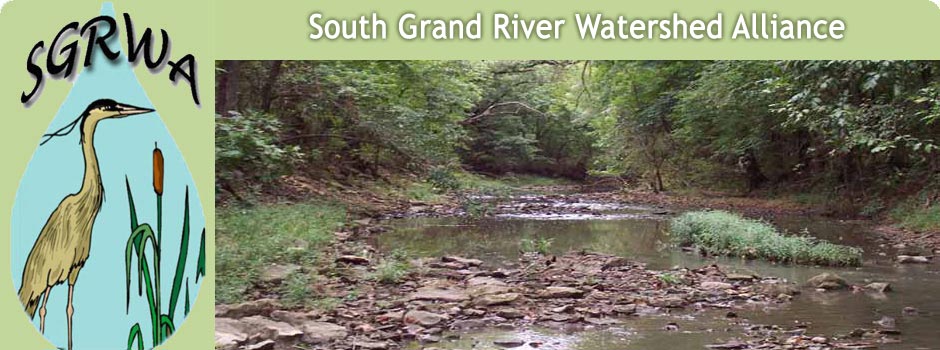Few people give much thought to the Water that comes from their faucet. The expectation is that the water will be there when they want it, that it will be safe to drink and not have an objectionable taste. The supply of safe water for our household use is possible because increasingly sophisticated and costly treatment of water from our lakes, rivers and aquifers makes it possible to eliminate (or, perhaps more accurately, reduce to what is considered a safe level) the many contaminants that our activities have added to these waterways.
The same expectation exists for the waters we swim, fish or boat in, too. However, as most people are aware, it can no longer be taken for granted that water in our streams, rivers and lakes is safe to swim in, or that the fish that live in the waters are safe to eat.
Many human activities have contributed to the impaired quality of our streams, lakes and rivers. Modern agricultural practices of cultivating from fence row to fence row and up to a stream’s edge have eliminated the very important buffer areas that used to absorb and filter stormwater. This practice causes large amounts of sediment to wash into the waters and also eliminates vital habitat—thus greatly impairing water quality. Ever sprawling urbanization is covering our landscape with impervious surfaces—rooftops, streets, parking lots and even the urban lawn. As a result, large quantities of stormwater can no longer filter into the aquifers as it did when the land was covered with the prairie grasses, forbs and trees. Instead it is channeled in great volumes directly to our waterways, carrying all the petroleum products, fertilizers, pesticides etc it washes from the surfaces and contributing to erosion and downstream flooding. According to analysis (Low-Impact Development Hydrologic Analysis, Prince George’s County, MD, 1999), only 3% of the stormwaters ran off into the waterways when the prairie grasses covered the land—nearly all the stormwater was filtered into the aquifer. This contrasts with around 43% that now runs off an urban landscape—with a greatly diminished amount, 32%, absorbed as groundwater.
With the growing awareness of these threats to our waters, along with recognized practices that address them, there is hope for the protection and restoration of our vital water resource. There are a number of federal and state agencies and local organizations working toward this goal. To be successful, though, more people need to become knowledgeable about characteristics of healthy watersheds, actions to restore these characteristics, and become involved with local efforts. By doing this, we can provide support to our state, federal and local agencies as they work to promote and implement management practices conducive to quality water. The actions that protect our waters also protect our environment in many other ways.
